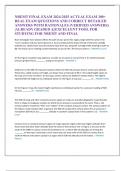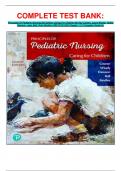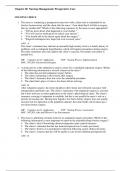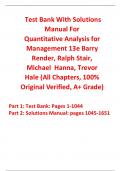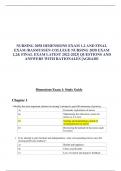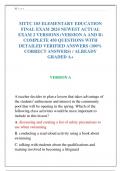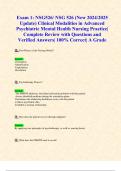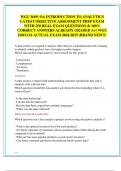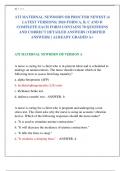Exam (elaborations)
NREMT FINAL EXAM ACTUAL EXAM 300+ REAL EXAM QUESTIONS AND CORRECT DETAILED ANSWERS WITH RATIONALES (VERIFIED ANSWERS) |ALREADY GRADED A||EXCELLENT TOOL FOR STUDYING FOR NREMT AND FINAL
- Course
- Institution
NREMT FINAL EXAM ACTUAL EXAM 300+ REAL EXAM QUESTIONS AND CORRECT DETAILED ANSWERS WITH RATIONALES (VERIFIED ANSWERS) |ALREADY GRADED A||EXCELLENT TOOL FOR STUDYING FOR NREMT AND FINAL NREMT FINAL EXAM ACTUAL EXAM 300+ REAL EXAM QUESTIONS AND CORRECT DETAILED ANSWERS WITH RATIONALES (V...
[Show more]
